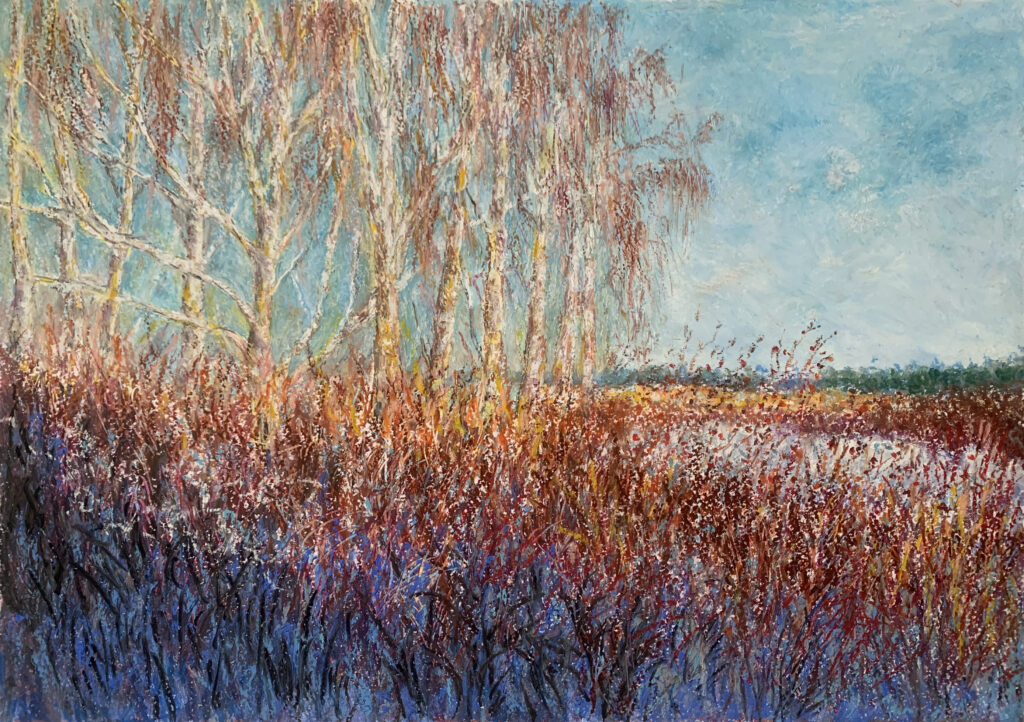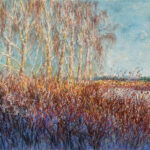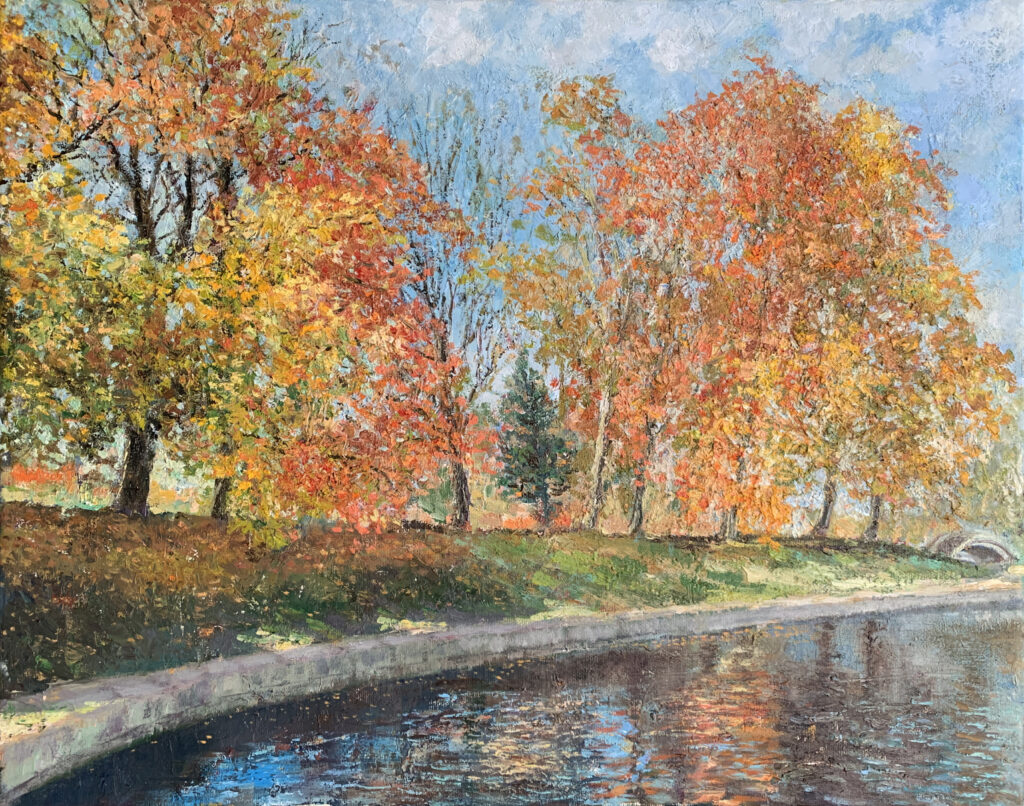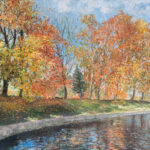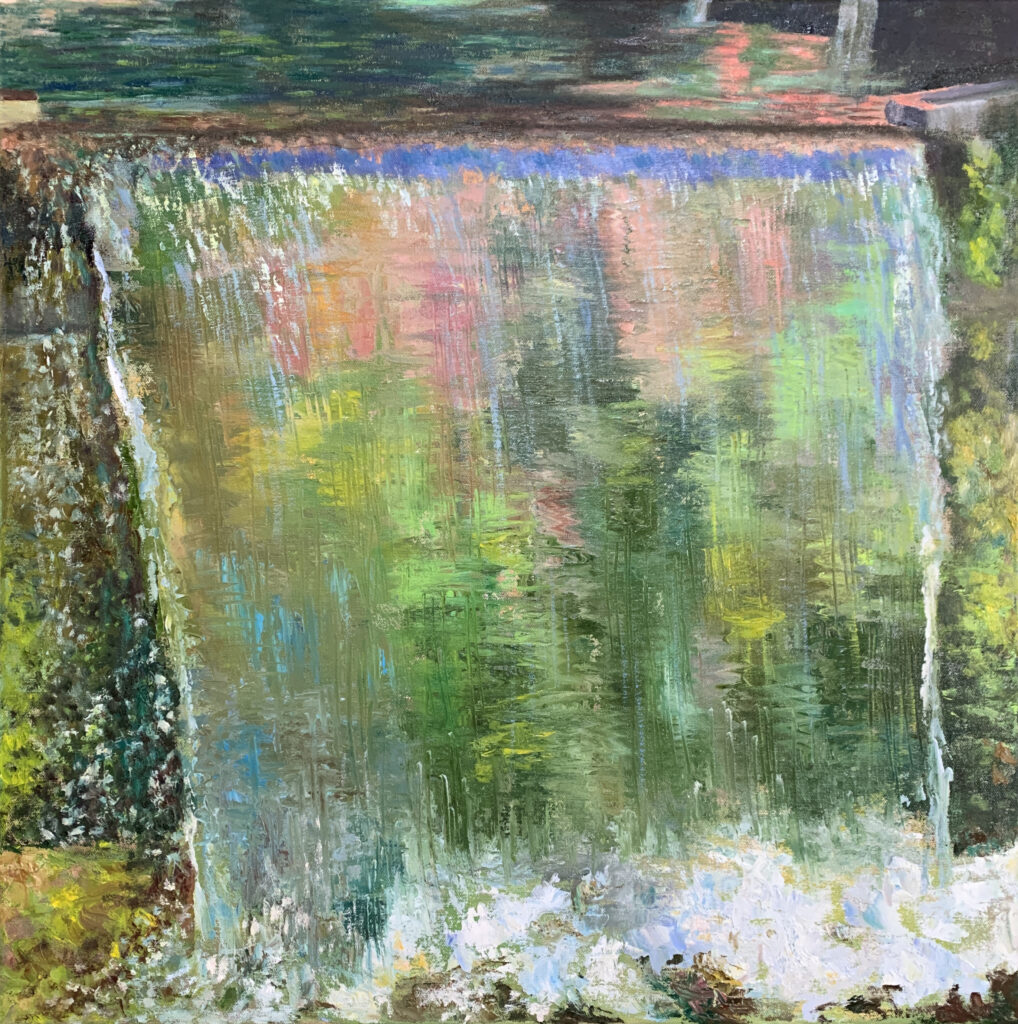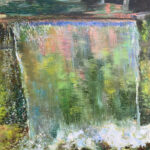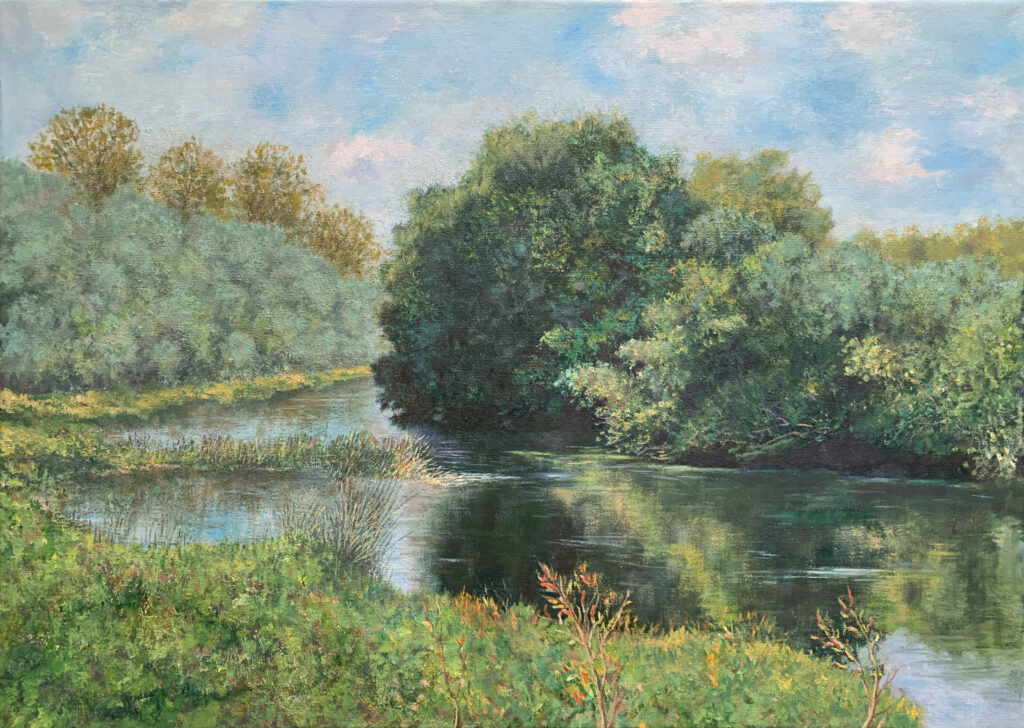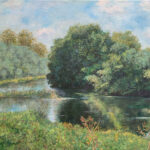Paintings I love
Pierre-Auguste Renoir (1841-1919)
Le Poirier
oil on canvas, 46.3 x 37.7 cm.
Painted in Louveciennes, circa 1870
Private collection

Renoir painted this ephemeral landscape in Louveciennes circa 1870, a period that appeared to hold great promise for the painters who had abandoned the conventions of the official Salon and sought to explore a new way of depicting the world around them. Often described as the cradle of Impressionism, Louveciennes and its surroundings drew large numbers of painters and together with Camille Pissarro, Alfred Sisley and Claude Monet, Renoir often painted its environs. Springtime was in the air, and these progressive painters reflected the optimism of the times in the freshness and novelty of their plein air landscapes. It was around this time that the artists would find an important advocate; in 1873 the dealer Paul Durand-Ruel published a sumptuous three-volume catalogue of recent masters such as Eugène Delacroix, Jean-François Millet and Jean-Baptiste-Camille Corot, among whose works he interspersed pictures by the newcomers Pissarro, Sisley, Monet and Renoir, as well as Edouard Manet and Edgar Degas. Durand-Ruel had already begun to buy their paintings, even if he had not yet found a clientele for them. Monet introduced Renoir to Durand-Ruel in early 1872, and soon after the dealer purchased his first two paintings by Renoir, which enabled the artist to move into a larger Paris studio.
In Le Poirier, Renoir seems to revel in the color possibilities offered by the play of sun on the apple trees, evident in the range of green, yellow and dark pink tones that appear in the foliage and bright blues of the sky. He painted the leaves of the windswept trees with short, staccato marks, while rendering the grasses on the ground in more freely blended strokes. Renoir has created a hazy and almost dreamlike atmosphere, which evokes a transient moment in time that has already been filtered through memory and temperament. In this way Renoir has offered a more subjective and expressive response to the experience of spring and renewal.
Follow my art blog “Paintings I Love” in Instagram, Telegram, Pinterest, Twitter


